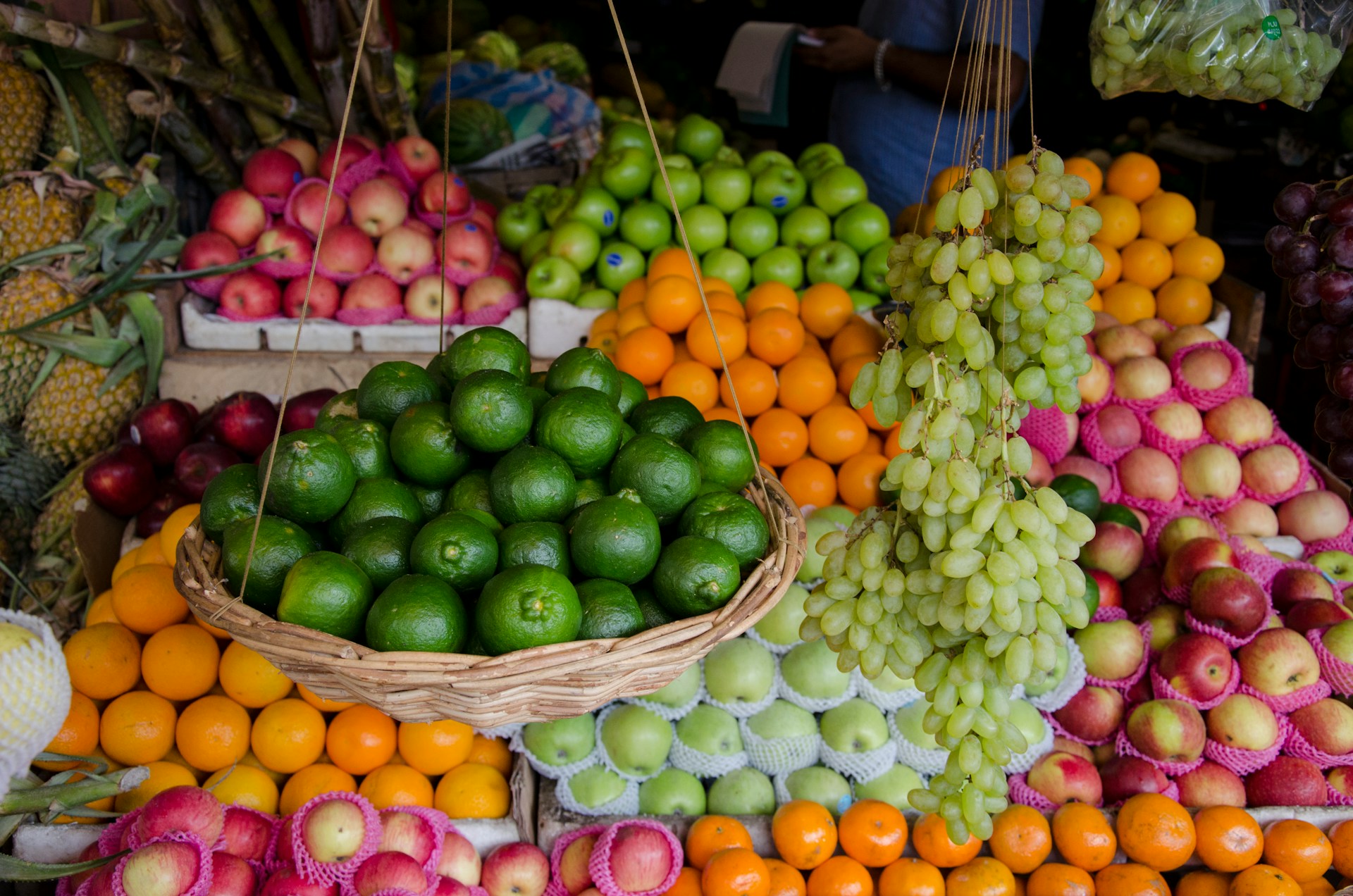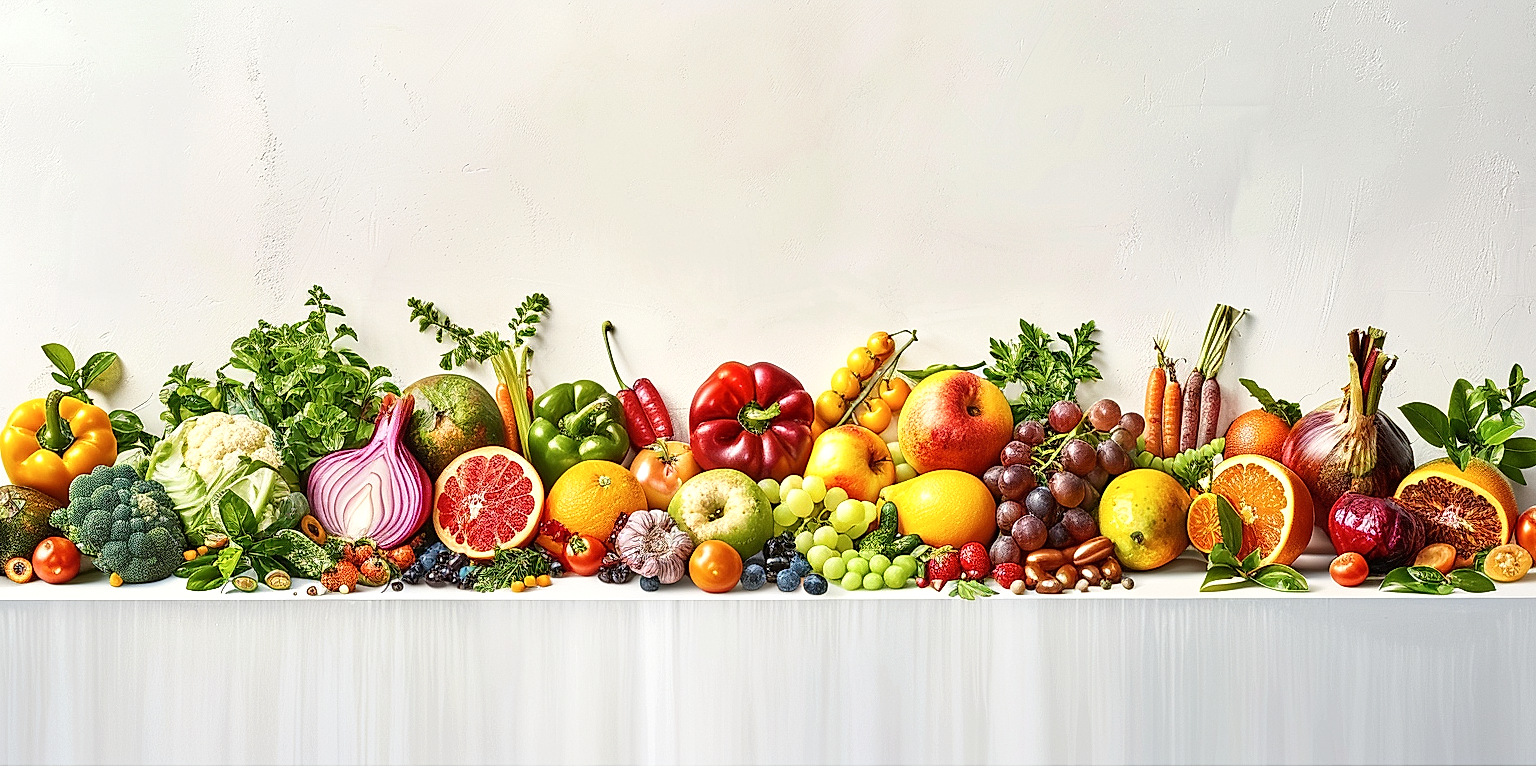The digital age brings with it a wave of innovation, impacting various sectors, including agriculture and its related processes.
The fresh produce sector, specifically, is not immune to these changes, adopting tech-based systems to streamline operations and enhance performance.
Emergent technology trends are critically reshaping ways by which industry operations are carried out.
From farm to fork, there is now a clear digital imprint on all produce processing stages.
This article delves into these transformative trends, highlighting their significance within the sector.
We aim to provide comprehensive insights that resonate with farmers, processors, and industry stakeholders at large.
Contents
Digital Transformation Trends In Produce Processing
1. AI-Driven Predictive Maintenance in Equipment
One of the major digital transformation trends in produce processing comes in the form of AI-driven predictive maintenance for equipment.
This approach involves the application of advanced Artificial Intelligence (AI) technologies to monitor and predict potential issues in plant and machinery.
This technology represents a significant shift away from reactive maintenance approaches, instead opting for a more proactive and predictive strategy.
The main advantage of predictive maintenance lies in its ability to reduce costs and downtime through the early detection and mitigation of potential failures.
By monitoring equipment conditions in real-time and using AI to analyse and interpret this data, operators can identify abnormal patterns and trends that could suggest a risk of future malfunction.
Furthermore, as the AI systems learn over time, they can become even more accurate in their predictions.
This ability to predict issues before they arise allows for timely preventative measures, thus increasing the reliability and lifespan of the machine and reducing the likelihood of sudden breakdowns and disruptions.
AI-driven predictive maintenance represents an innovative and proactive approach to equipment management, resulting in reduced costs, improved efficiency, and minimized downtime.
Moreover, this prediction-based approach contributes to improving overall process efficiency in produce processing.
The savings achieved through reduced downtime and maintenance costs can be substantial, thus strongly contributing to a company’s bottom line.
While adoption of AI-driven predictive maintenance requires initial investment in technology and potentially new skills, the return on investment from increased operational efficiency and reduced breakdowns can outweigh the costs.
Therefore, despite the costs associated with the technology and potentially new skills, the benefits and savings generated by adopting AI-driven predictive maintenance make it a worthy investment for companies seeking to stay competitive and efficient in the produce processing industry.
This is especially true considering the increasingly competitive and digital nature of the produce processing industry, where companies not utilizing data-driven approaches risk falling behind.
As such, AI-driven predictive maintenance is more than just a trend; it is a necessary evolution towards increased operational efficiency and future-proofing your produce processing operations.
In essence, leveraging the power of AI for predictive maintenance is a key way for businesses to adapt and thrive in the new digital era of produce processing.
2. Blockchain for Enhanced Supply Chain Transparency
Blockchain technology is increasingly being utilized in the produce processing industry to enhance supply chain transparency.
This technology uses a decentralized, distributed ledger system to record all transactions and movements of produce from the point of origin to the consumer.
One of the significant advantages of blockchain is that it brings about an unprecedented level of transparency, making it impossible to alter or delete transactions once they have been added to the ledger.
Blockchain technology’s application in produce processing provides a fully transparent, secure, and traceable record of the journey of the produce, from farm to fork.
This functionality ensures trust and credibility among all parties involved, from the farmers and processors to the retailers and consumers.
By leveraging blockchain technology, businesses in the produce processing industry can deliver proof of their ethical and sustainable practices, thus gaining a competitive advantage.
Moreover, blockchain allows for real-time tracking of produce, which can lead to the efficient identification and resolution of any issues that might arise in the supply chain.
Whether it’s a matter of produce quality, incorrect delivery, or recall situations, blockchain assists in quickly tracing the source and taking necessary steps.
Blockchain technology also enhances the accuracy and efficiency of audits in the produce supply chain, as the complete history of transactions is easily accessible and verifiable.
In a time where consumers are increasingly concerned about the origin and safety of their food, blockchain technology serves as a powerful tool for companies in the produce processing industry to guarantee food traceability and safety.
Blockchain application in the industry is still in its infancy, but the initial results show immense potential for enhancing supply chain transparency, efficiency and accountability.
However, implementing blockchain in produce processing is not without challenges.
Its success relies on the willingness and readiness of all parties within the supply chain to adopt this technology and work together in a new, more transparent way of conducting business.
While the initial cost and complexity of implementation may be high, the long-term benefits that blockchain can bring to supply transparency and efficiency may outweigh the initial hurdles.
Going forward, we can anticipate an increased adoption of blockchain in the produce processing industry, leading to a transformation in the way supply chains operate.
The possibilities for blockchain technology in the produce processing industry are vast and exciting, demonstrating its capabilities as a key player in the industry’s digital transformation.
3. Industrial IoT for Real-time Data Analytics
One of the digital transformation trends in produce processing is the use of the Industrial Internet of Things (IIoT) for real-time data analytics.
This emerging technology is transforming the way data is collected, processed, and utilized, hence creating more efficient production processes.
IIoT is a system of interconnected machines and devices that communicate with each other to monitor, collect, exchange, analyze, and act on information in real-time.
These interactions provide valuable insights that would otherwise be inaccessible or difficult to extract from traditional methods.
The data generated can be used to predict trends, optimize operations, increase efficiency, and even enable machine learning capabilities.
The real-time aspect of data analytics provided by IIoT is particularly vital in food processing as it allows for rapid response to any changes, anomalies, or threats within the system.
With the ability to respond in real-time, businesses can prevent spoilage of produce, reduce waste, maximize productivity, and improve overall business performance.
In food processing, IIoT devices can be utilized in various ways including tracking and tracing goods, monitoring storage conditions, and automation of various processes.
This leads to enhanced decision-making, as accurate, real-time data is available at each step of the supply chain.
For instance, sensor-based IIoT systems can be used to provide real-time monitoring of moisture, temperature, and other environmental variables in the storage and processing environment.
Furthermore, the use of IIoT can lead to significant cost savings by reducing spoilage and waste, streamlining operations, and improving productivity.
Integration of IIoT into a robust data analytics platform also allows for the development of predictive models that can help identify potential problems before they occur, mitigating risks and avoiding costly downtime.
Overall, Industrial IoT for real-time data analytics is a powerful tool that provides businesses with the ability to make more informed decisions, optimize processes, and boost productivity.
The future of produce processing industry looks bright with the adoption of these advanced data-driven technologies.
While implementing IIoT comes with its challenges such as cybersecurity concerns and need for skilled workforce, its benefits in improving efficiency and productivity in produce processing can’t be underestimated.
4. Automation in Sorting and Grading
The digital transformation trends have taken a distinct hold in numerous sectors, with quite a significant influence observed in the realm of produce processing.
One interesting side of this broad spectrum is automation in sorting and grading, a novel approach that has revolutionized the manual task of assessing the quality and classification of the produce.
Automation serves to replace the traditional, labor-intensive and time-consuming arrangement, providing an efficient, fast, and reliable solution.
The inception and implementation of advanced technologies like machine learning and computer vision has further bolstered the capability of automation in sorting and grading.
These technologies are incorrigibly adept at identifying the nuances of produce that the human eye may miss, ensuring a level of precision and consistency that is comparatively superior.
This provision of unmatched accuracy is what makes automation a game-changer in the produce processing industry.
Automation not only facilitates accurate grading but also expedites the process – a feature of remarkable significance considering the perishable nature of produce.
Its application is multi-faceted, proving useful in grading assorted produce like fruits, vegetables, and grains, just to mention a few.
While automation ensures quicker processing and minimizes human error, it also encompasses the use of robotics which can handle the produce without causing any damage.
Such an introduction of automation in sorting and grading is a testimonial to the digital transformation the vertical of produce sorting is undergoing.
Produce processing units globally are rapidly adopting this automation technology, a step that is augmenting their operational efficiency and micro-managing their quality compliance.
Exemplifying modernity, this transition has significantly reduced the incidences of wastage and enhanced the overall produce quality, ensuring a sustainable and practical methodology of processing.
Automation also finds merit on the sustainability front as it is minimizes the dependence on human labor, reducing operational cost and boosting economic efficiency.
Lastly, the role of automation in sorting and grading establishes a concrete foundation for a more ‘smart’ and technology-driven produce industry where precision, speed and quality are the core priorities.
Looking ahead, the transformative power of digitalization places automation as a key protagonist in the plot of reshaping produce processing, leaving a lasting impact on the industry’s future.
5. Augmented Reality in Training and Operations
The digital transformation trend of using Augmented Reality (AR) is revolutionizing the produce processing industry.
AR is a technology that overlays digital information – such as images, sounds, and videos – into the real world, enhancing the information we can perceive and creating a blended physical-digital environment.
This technology is incredibly beneficial in training and operations in the produce processing industry, providing innovative methods for employees to learn and perform their tasks.
It’s particularly advantageous in high-risk operations, where it can provide a safe, simulated environment for employees to practice their skills without the risk of real-world consequences.
AR can provide visual prompts, instructions, and demonstrations overlaid directly onto the machinery or processes they’re learning about, providing an interactive and immersive learning experience.
With AR, trainees can be placed into a virtual simulation of the work environment where they can interact with the operating machinery, systems, and procedures before they engage in the actual tasks.
It’s also proving to be a powerful tool in routine operations within the processing plants.
AR can provide workers with real-time information and feedback, aiding in decision-making and reducing the chances of errors or mishaps.
For example, AR can visualize the temperature, moisture, or nutrient level of produce needing processing or overlay the correct settings directly onto control panels.
The technology has the potential to substantially increase both the precision and speed of operations.
Furthermore, with the pandemic-induced restrictions and social distancing measures, AR has proven to be an outstanding tool for remote operations and collaborations.
Team members located remotely can share their vision with colleagues on-site, enabling them to give advice, demonstrate procedures, or provide solutions to problems without being physically present.
The continued advancements in AR technology, and the broad range of possibilities it presents, suggests that its use in training and operations in produce processing industries will continue to grow.
The integration of AR in training and operations promotes better workforce performance, reduces operational costs, and enhances overall efficiency.
As the produce processing industry seeks to drive productivity and efficiency, the introduction of AR in training and operations is a clear trend in digital transformation.
The Bottom Line
In essence, the growing digital technology ecosystem in the manufacturing industry is transforming operations across all levels.
With advanced AI predictive equipment maintenance, manufacturing companies can optimize their machine uptime, reduce costs, and improve efficiencies.
Transparency and trust are no longer issues in supply chains, thanks to blockchain technology.
Real-time data analytics, enabled by the Industrial IoT, help in making informed decisions, enhancing productivity and safety.
Automation techniques in sorting and grading boost precision and speed, minimizing human errors.
Lastly, Augmented Reality is reshaping the training and operations environment, providing an interactive and immersive experience, thereby reducing learning curves and operation times.
As industry players continue to embrace these technological advancements, we can expect significant strides in the efficiency, productivity, and overall success of the manufacturing sector.




